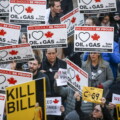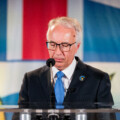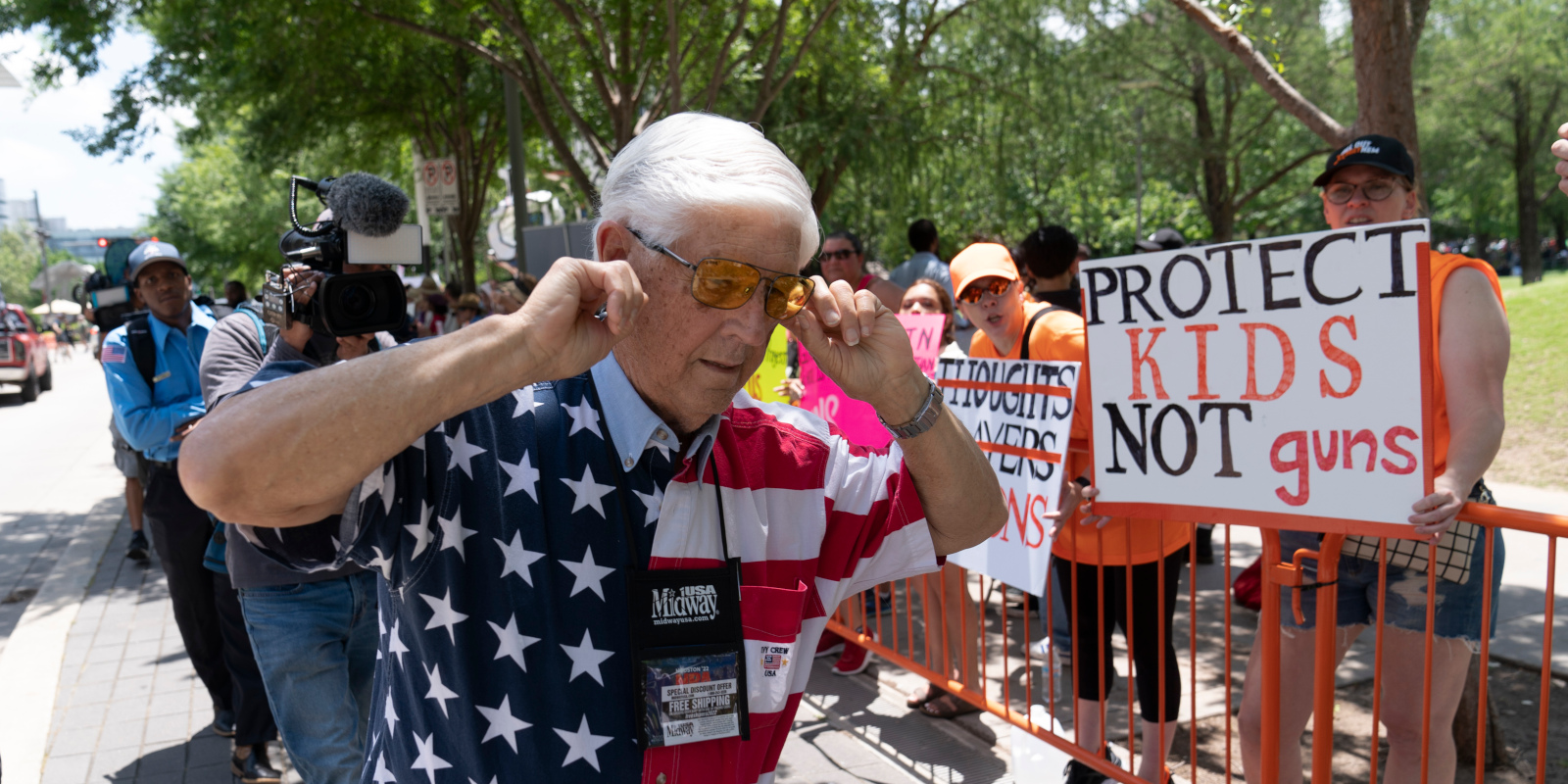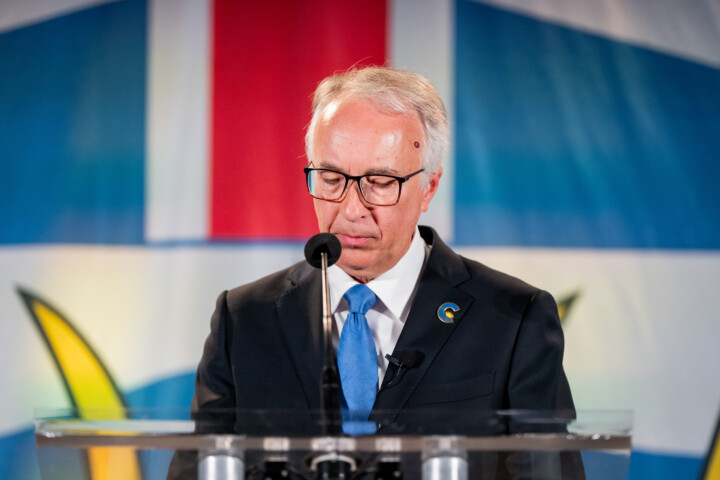On May 24, 2022, an 18-year-old murdered two teachers and 19 children in Uvalde, Texas with two AR-15 semi-automatic rifles he legally purchased six days after his birthday. It was the ninth deadliest shooting in American history. One week later, Prime Minister Trudeau invoked the sickness seen “south of the border” when announcing a national freeze on handgun sales.
The freeze was the latest in a series of gun control measures, most of which were collated in Bill C-21 which is now under consideration in the Senate. Politico noted at the time of its tabling, “The Canadian government is hoping for speedy passage of new firearm-control measures meant to fight rising gun violence,” a fantasy that failed to materialise as C-21, introduced in November 2021, continues to engender debate over its scope, intent, potential efficacy, and impact on hunters, sport shooters, and Indigenous Canadians.
Gun control is, in theory, an easy win for the government. Statistics vary, but a March 2021 Statista survey, which found that 66 percent of Canadians support stricter gun control measures, is typical. Tellingly, analysis of Canadian statistics is often framed in an American context, such as this 2022 Angus Reid survey that opens with a reminder of the Buffalo shooting, in which an 18-year-old White supremacist murdered 10 Black Americans.
Mass shootings are America’s national disease, and it is unsurprising that their shock and tragedy would penetrate the border. More than three quarters of Canadians say they follow American news closely, and no story is capable of dominating the news cycle like the infuriating despair of a shooting. But we have grown increasingly unable to divorce American stories from the Canadian reality, to the detriment of our ability to rationally discuss guns and the laws we implement around them.
“I would say most Canadians follow American news more closely than they do Canadian news,” the University of the Fraser Valley’s Dr. Noah S. Schwartz tells The Hub. “American news about guns dominates how the public understands this issue. It’s very easy for political actors to take that understanding and use it to push legislation that’s not in the public interest. The literature on banning specific types of weapons shows pretty clearly that it’s not effective.”
An American framing also affects how Canadian media reports on guns.
“Whenever I was asked for comment after a shooting in the U.S., the most common question I heard was, ‘Why does that happen so often down there, and so infrequently up here?’” Daniel Fritter, the editor of Calibre, says. “I haven’t heard that question for years. Now the most common questions parrot those of U.S. interviewers: ‘How can we prevent this from happening? Who needs guns anyway?’”
Canadians consume American news, Canadian media reports through an American lens, and politicians take advantage of both to present palatable but ineffective gun control initiatives. “When the government announced the handgun freeze, they referenced the Uvalde shooting, even though handgun control in the U.S. versus Canada is night and day,” Dr. Schwartz says. “The licensing process in Canada for someone to own a handgun is strict. So I think politicians can take advantage of that American news cycle. Many Canadians don’t appreciate the differences between gun regulation here and there.”
Before the freeze, a Canadian looking to buy a handgun had to complete a safety course, take multiple tests, prove their status as a collector or shooting range patron, provide the approval or contact information of every partner they’d lived with in the last two years, apply and wait at least 28 days for a firearms permit, complete an extensive background check, and register their handgun with the police. The American process varies by state, but at minimum a prospective handgun purchaser must be 21, provide a driver’s licence, and complete a simple background check that can be processed in 10 minutes. If you don’t have the patience or acceptable personal history for the three-page document, background checks are not required of gun show purchases. Canada, in short, is far better than our neighbours at keeping legal firearms out of the hands of 4chan-addled neo-Nazis.
This is one of several reasons there are roughly 72 million handguns in America, part of an estimated 393 million gun arsenal that sees civilian firearms outnumber people. Conversely, Canadians own about 1.1 million handguns, out of about 7.1 million civilian firearms. America’s 120.5 guns per 100 people nearly laps their closest competitor, while Canada’s 34.7 makes our nearest national peers Uruguay, Montenegro, and Cyprus. Canadians do not closely follow Cypriot news.
Not coincidentally, experts argued the handgun freeze would be ineffective as the vast majority of handguns used in Canadian crimes are smuggled from the United States. Canadian gun violence has risen since the 2010s, but its causes, outcomes, and potential solutions are uniquely Canadian, and to pretend we are simply Diet America does not help us find solutions. Canada and the United States have radically different firearm cultures. We must understand Canadian gun culture and the causes of Canadian gun violence, not cynically point at American headlines and decree that we will put an end to the problems of another country. The former is difficult and would require a tremendous amount of political capital. The latter is empty posturing that threatens to trap us in an unproductive spiral of blame and waste.

“In Canada, the level of mass shootings is so small that I worry when people make policy statements based on them,” Dr. Schwartz says. “Nowadays, with the level of gun control we have, it’s so rare. We need to be looking at what are the most common forms of shootings, and the shootings we’re seeing now are related to gangs and the drug trade. That’s the day-to-day face of violence, that’s where we have to target our policy solutions.”
Gun violence in Canada decreased by 5 percent in 2021. Of the 788 homicides committed in Canada that year, 297 were committed by shooting, of which 46 percent were gang-related. Men and lower-income Canadians are more likely to be victims, and Indigenous Canadians remain disproportionately represented. Canada has 2.0 homicides per 100,000 residents; the United States has 6.5.
Prime Minister Trudeau has cited mass shootings and domestic violence against women as major drivers of C-21, but firearms were present (not necessarily used) at 0.006 percent of cases of intimate partner violence in 2019. Mass shootings, meanwhile, remain exceedingly rare in Canada. We had no mass shootings in 2021; the United States had, according to the Gun Violence Archive’s definition, 693, for a total of 703 fatalities and 2,842 injuries. That may serve as a cold comfort if a loved one has been a victim, but the Nova Scotia shooter smuggled their firearms from Maine, while the Danforth shooter acquired his smuggled gun through a gang connection. Other recent mass killings have been committed with a van and knives.
Meanwhile, we are slowly importing another element of American gun culture: the virulence of our conversations surrounding guns.
“Unfortunately, Canadian gun owners are taking up a lot of American rhetoric because they’re hearing a lot of it directed their way,” Fritter says. “When Trudeau stands up and bans guns, the public saw a bunch of scary guns, but gun owners saw a bunch of guns they own. So, convinced the media isn’t interested in reporting the truth and feeling attacked by American rhetoric based on American acts, they respond with more American rhetoric.”
Recommended for You

‘Overwhelmingly positive’: Hub Politics on how Canadians are feeling about the Carney-Smith energy alliance

The remarkable rise and spectacular fall of John Rustad, the B.C. premier who never was

Why Canada should follow in Ireland’s tax reform footsteps

‘This is going to get very messy’: Will Canada drop religious protections from its hate speech laws?



